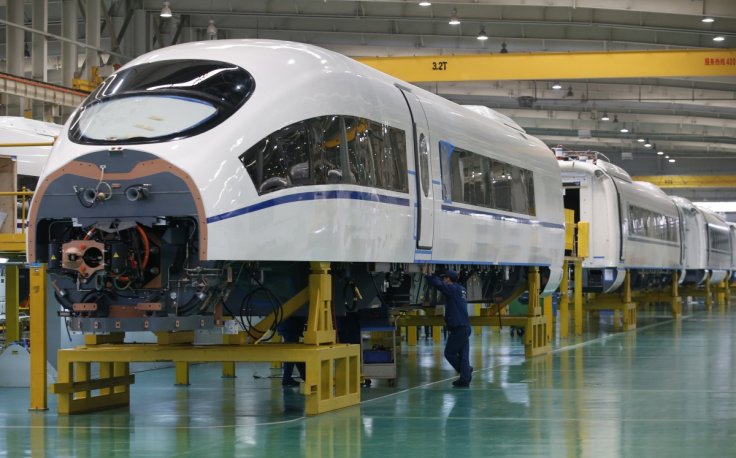Unlike other trains, maglev trains hover above the tracks and are propelled forward by the use of electromagnets. The science behind it is pretty neat -- as the train lacks conventional friction, it is capable of achieving higher speed.

China Railway Rolling Stock Corporation's (CRRC) deputy chief engineer stated that the development of high-speed maglev train will help China on several fronts.
"The maglev train is currently the fastest available ground public transport vehicle ... the 600km/h maglev train would fill a gap between high-speed rail and airplanes."
Back in June, CRRC Sifang Joint Stock Company successfully conducted the very first test of maglev prototype train on 1.5km long maglev track. The cost of the project exceeds $1 billion and is developed jointly by Shanghai Maglev Transportation Development Co. Ltd., Siemens AG, Thyssen Transrapid GMBH, and Transrapid International GMBH.
Following the maiden test run, Ding Sansan, head of the R&D team and debut chief engineer of CRRRC's subsidiary Qingdao Sifang Co. Ltd., said that during the multi-condition test, the maglev train showed stable suspension guidance. In addition to this, all the key requirements are also fulfilled.
Development Began in 2016
China has invested a lot of time and resources in developing this train. With the ongoing Coronavirus pandemic, a lot is riding on the success of it. The development that began in 2016, is one of China's "Advanced Rail Transit" program that will put China in the front race of technology and engineering.
As of now, there are a total of nine maglev trains planned by the Chinese government. Once they enter the market, they will cut down at least two hours of time from the usual travel between Beijing and Shanghai. That being said, China's maglev train may come at a higher price.

Many experts in the field of electromagnetic radiation argue over the fact that the new trains would produce harmful radiation that would have long term effects on the body. The elevated trains also seem less safe than the conventional bullet or normal trains on the ground.
Furthermore, electromagnetic pollution is yet another thing to be worried about with maglev trains. However, China's National Development and Reform Commission has already approved the maglev line in 2009.
In response to all the disdain coming from the public, the general manager of China Railway Maglev Transportation Investment and Construction said that medium and low-speed maglev train systems consume less energy than other trains as they can retain momentum without being pulled, said the Global Times.
That being said, now that the speed of the maglev train reaches up to 600km/hr, the question remains the same -- are maglev trains safe for those who will use it for their daily commute?









